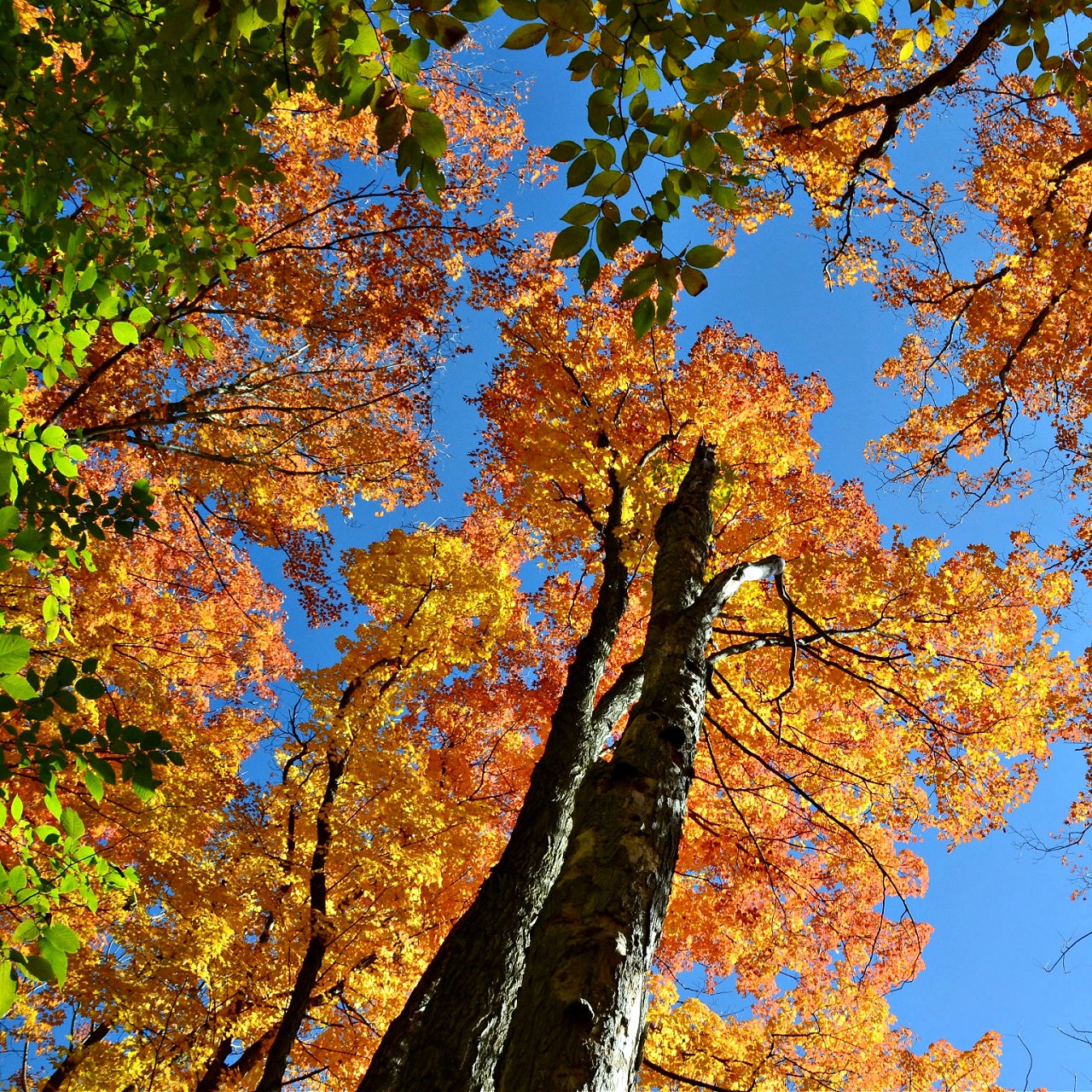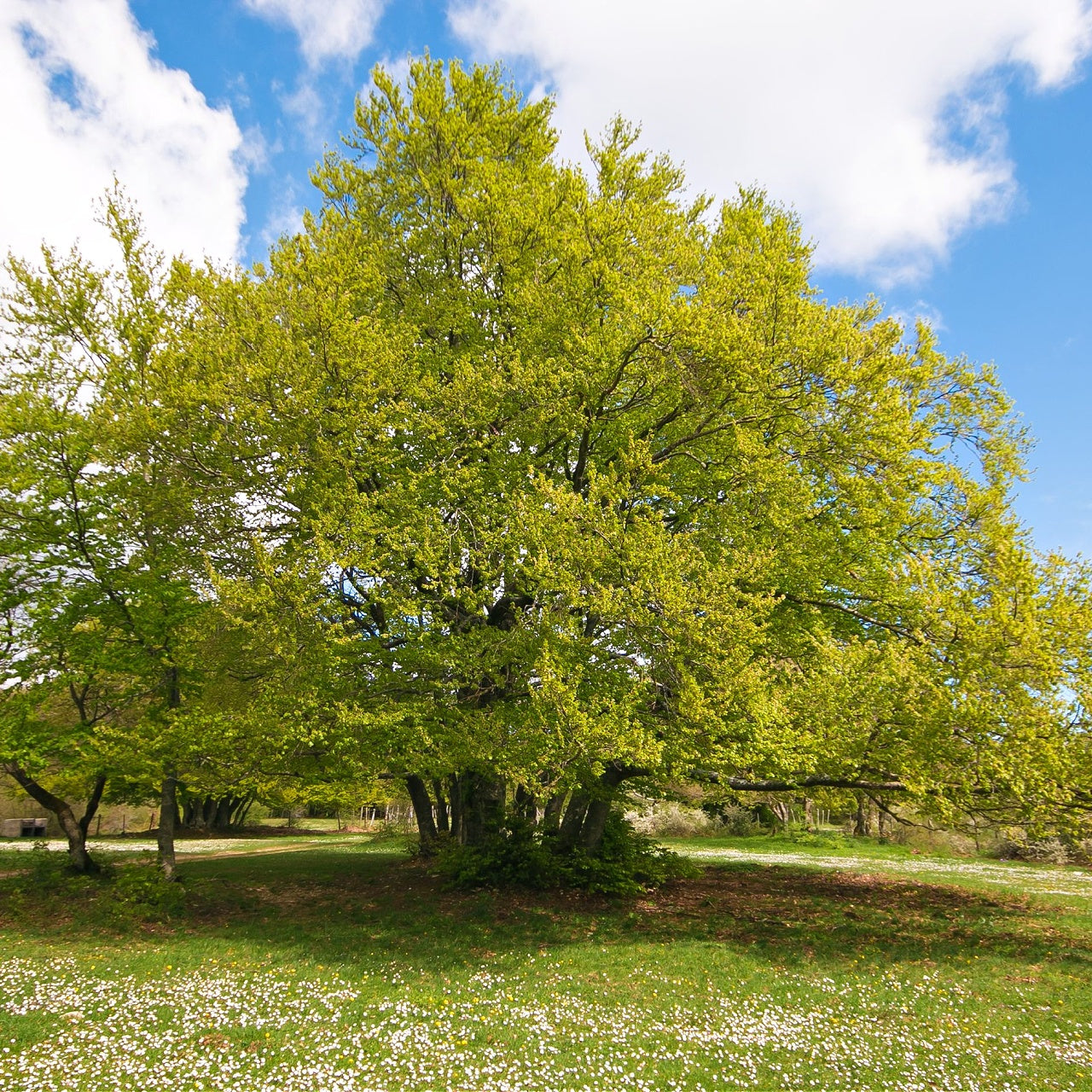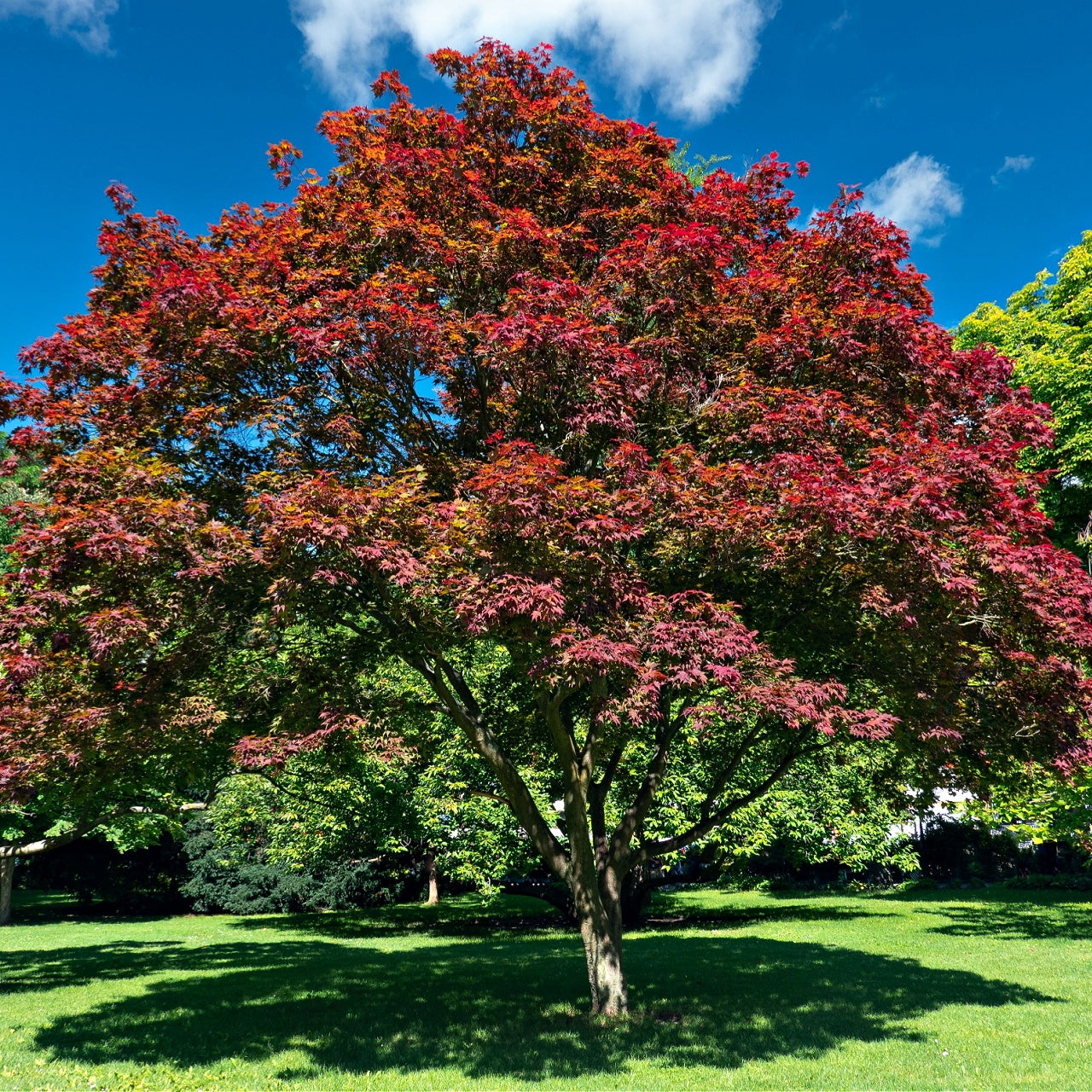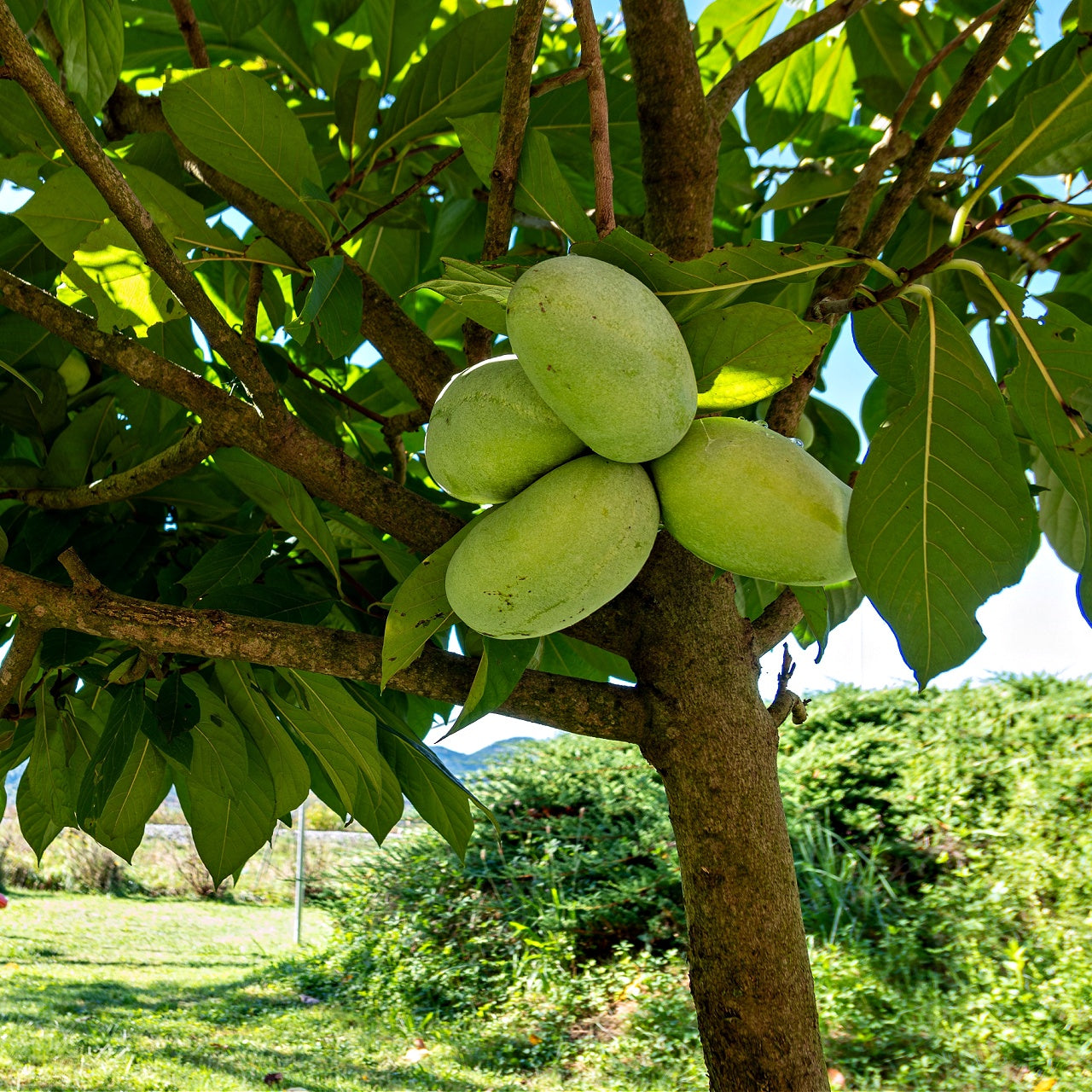
Native Plants Help the Environment
Native Plants Help the Environment
How Native Plants Aid the Environment - Native plants are the cornerstone of natural ecosystems, providing numerous environmental benefits
These plants have evolved over thousands of years to thrive in specific regions and climates, making them essential components of their respective ecosystems. As we face increasing environmental challenges such as habitat loss, climate change, and declining biodiversity, understanding the vital role that native plants play in supporting the environment becomes crucial.
In this article, we will explore how native plants aid the environment by promoting biodiversity, enhancing ecosystem services, conserving water, and mitigating the effects of climate change.
Biodiversity Conservation One of the most significant ways native plants aid the environment is by promoting biodiversity
Biodiversity refers to the variety of life forms within an ecosystem, including plants, animals, and microorganisms.
- Habitat and Food Source: Native plants offer shelter, nesting sites, and food sources for local wildlife, including birds, insects, and mammals. For instance, many butterfly and moth species rely on specific native plants as host plants for their larvae. Monarch butterflies, for example, require milkweed plants to lay their eggs and sustain their caterpillars. By providing the necessary resources, native plants support various species' entire life cycle, helping maintain healthy populations.
- Pollinator Support: Native plants support pollinators such as bees, butterflies, and hummingbirds. These pollinators are essential for reproducing many plants, including our food crops. Without native plants, pollinator populations can decline, leading to reduced crop yields and ecosystem disruptions.
- Keystone Species: Some native plants are considered keystone species because they disproportionately impact their ecosystems. For example, in coastal regions, native seagrass beds provide essential nursery habitat for many marine species. The loss of these seagrass beds would have cascading effects throughout the food web.
Ecosystem Services Native plants also contribute to various ecosystem services, which are ecosystems' benefits to humans and the environment. These services include clean air and water, soil health, and climate regulation.
- Air Quality: Native plants help improve air quality by absorbing pollutants and releasing oxygen. Trees, in particular, are effective at removing carbon dioxide from the atmosphere and mitigating the effects of climate change. Additionally, native plants filter out harmful airborne particles, reducing the risk of respiratory illnesses.
- Water Quality and Quantity: Native plants play a crucial role in maintaining water quality. Their deep root systems help prevent soil erosion and stabilize streambanks, reducing sediment runoff into water bodies. Furthermore, native plants act as natural water filters, removing excess nutrients and pollutants from water. Regarding water quantity, native plants can reduce the need for irrigation in landscaping and promote groundwater recharge by allowing rainwater to infiltrate the soil.
- Soil Health: Native plants have evolved to thrive in local soil conditions, making them well-suited to improving soil health. Their root systems enhance soil structure, increase microbial activity, and reduce erosion. Native plants also recycle nutrients, improving nutrient cycling within ecosystems.
- Climate Regulation: Native vegetation plays a vital role in climate regulation. Forests, for example, sequester carbon dioxide through photosynthesis, helping to mitigate climate change by reducing greenhouse gas concentrations in the atmosphere.
Additionally, native plants can help buffer the impacts of climate change by providing shade, reducing heat island effects in urban areas, and helping to maintain local microclimates.
Water Conservation Native plants are well adapted to local climates and require less water than non-native species once established
This water efficiency has significant implications for water conservation, particularly in regions facing water scarcity and drought.
- Reduced Irrigation: Native plants have evolved to thrive in the natural rainfall patterns of their regions. As a result, they typically require minimal irrigation once established, making them a sustainable choice for landscaping and gardening. By reducing the need for artificial irrigation, native plants conserve water resources.
- Drought Resistance: Many native plants are inherently drought-resistant and can survive extended periods of water scarcity. Their deep root systems allow them to access water deep within the soil, making them resilient to dry conditions. Using native plants in landscaping can help mitigate the effects of drought and reduce water consumption.
- Erosion Control: Native plants also contribute to erosion control, essential for preserving soil and water resources. Their extensive root systems bind soil particles together, preventing erosion caused by rainfall and runoff. This is particularly valuable in areas prone to soil erosion, such as slopes and riverbanks.
Climate Change Mitigation Climate change is a global crisis that impacts ecosystems and human societies wide-ranging.
Native plants can contribute to climate change mitigation in several ways
- Carbon Sequestration: Native forests and grasslands are effective carbon sinks, sequestering carbon dioxide from the atmosphere and storing it in plant biomass and soil. This helps reduce greenhouse gas concentrations in the atmosphere, mitigating the effects of climate change.
- Adaptation to Changing Conditions: Native plants are well-suited to their local climates and can better withstand the changing environmental conditions associated with climate change. By preserving and restoring native vegetation, we can help ecosystems adapt to new challenges.
- Reduced Energy Consumption: Using native trees and shrubs in urban areas can reduce energy consumption by providing shade and windbreaks. This lowers the demand for heating and cooling, leading to lower greenhouse gas emissions from energy production. Challenges and Conservation Efforts Despite their many benefits, native plants face numerous challenges, including habitat loss, invasive species, and climate change impacts.
Conservation efforts are essential to protect and restore native plant populations. Habitat Restoration: Habitat restoration projects aim to reestablish native plant communities in areas that have been degraded or destroyed by human activities. These efforts help recreate critical habitats for wildlife and support ecosystem health.
Invasive Species Management: Invasive non-native plants can outcompete and displace native species, disrupting ecosystems. Managing and controlling invasive species is crucial to protecting native plant populations.
Climate-Resilient Planting: As climate change alters environmental conditions, selecting native plant species that can thrive in future climates is vital. Planting climate-resilient native species helps ensure the long-term health of ecosystems.
Conclusion
Native plants are invaluable environmental assets that are pivotal in promoting biodiversity, enhancing ecosystem services, conserving water, and mitigating climate change. Their unique adaptations to local conditions make them essential components of healthy ecosystems, supporting a wide range of wildlife and contributing to human well-being. To safeguard the environment and combat pressing challenges such as habitat loss and climate change, we must prioritize the conservation and restoration of native plant species. By doing so, we can ensure a sustainable future for our planet and all its inhabitants.






